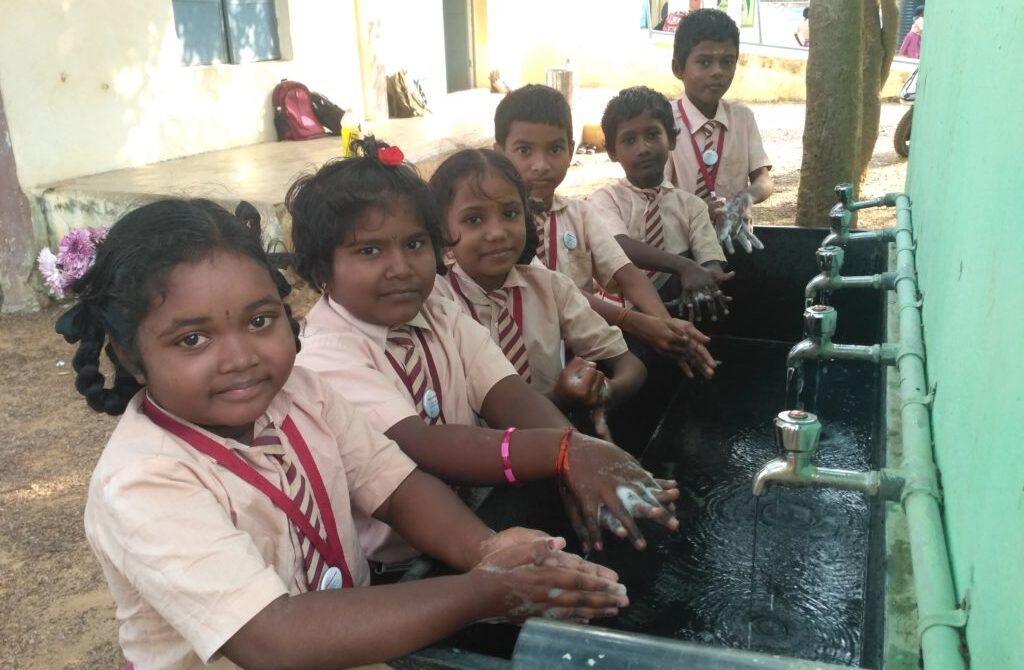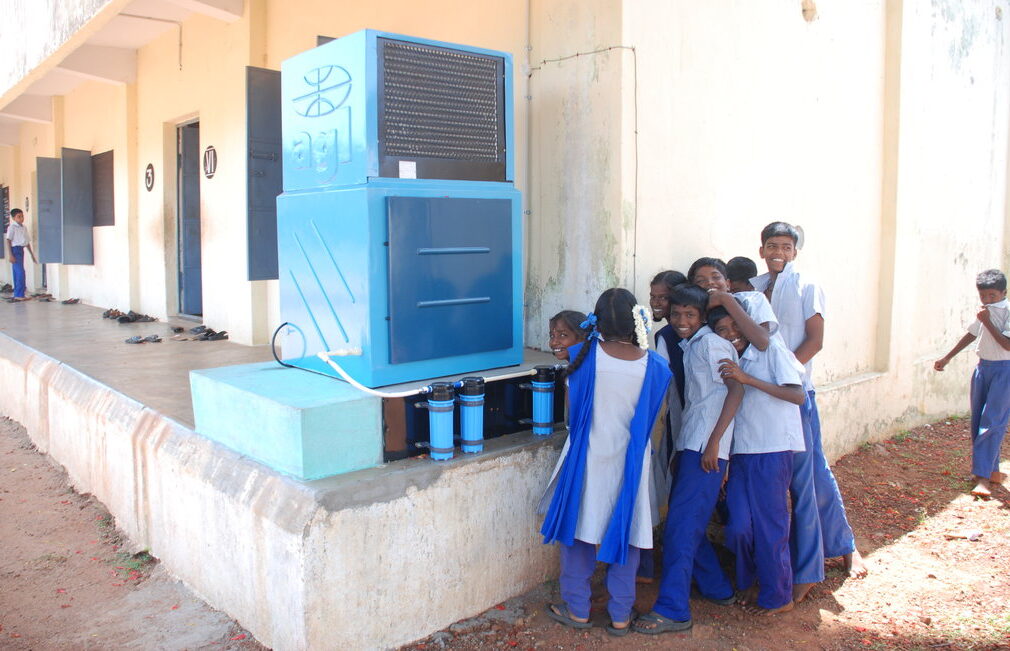
Introduction:
Water is a vital resource that plays a crucial role in various sectors, including education. In India, where water scarcity is a pressing issue, effective water storage systems in educational institutions can have a transformative impact on both students and the broader community. This article explores the importance of water storage in schools and colleges, its challenges, and the potential benefits it can bring.
Importance of Water Storage in Educational Institutions:
Ensuring Availability of Clean Water Access to clean and safe drinking water is fundamental for maintaining health and hygiene among students. Educational institutions often serve as hubs for large numbers of children and young adults, making the availability of water essential for preventing waterborne diseases. Proper water storage systems ensure that clean water is readily available, promoting better health outcomes.
Supporting Hygiene Practices The COVID-19 pandemic has underscored the importance of hygiene in preventing disease transmission. Educational institutions with adequate water storage can facilitate regular handwashing and sanitation practices, which are crucial for keeping students healthy. Access to water in restrooms and handwashing stations can significantly reduce the risk of infections.
Enhancing Learning Environments A well-maintained water supply can enhance the overall learning environment. Students who are hydrated are more likely to focus and perform better academically. Furthermore, access to water for recreational activities—like sports and outdoor events—supports physical health and encourages a balanced lifestyle.
Challenges in Water Storage:
Despite its significance, many educational institutions in India face challenges related to water storage:
Infrastructure Deficiencies Many schools, especially in rural areas, lack the necessary infrastructure for efficient water storage. Poorly maintained tanks and outdated systems can lead to water wastage and contamination.
Seasonal Variability India experiences varied rainfall patterns, leading to challenges in water availability. Institutions in regions facing drought or erratic rainfall must develop effective storage solutions to ensure a steady supply throughout the year.
Financial Constraints Budget limitations often hinder the ability of educational institutions to invest in proper water storage solutions. Many schools struggle to allocate funds for infrastructure improvements, leaving them vulnerable to water shortages.

Solutions and Best Practices:
Rainwater Harvesting Implementing rainwater harvesting systems can be an effective solution for educational institutions. These systems collect and store rainwater for use during dry periods, reducing dependence on municipal water supplies. This not only conserves water but also minimizes the impact on local water resources.
Regular Maintenance and Monitoring Regular inspection and maintenance of water storage facilities are essential to ensure their functionality. Educational institutions can set up monitoring systems to track water quality and usage, helping to identify and address issues promptly.
Community Involvement Engaging the local community in water management initiatives can foster a sense of ownership and responsibility. Schools can organize workshops and awareness programs to educate students and parents about the importance of water conservation and hygiene practices.
Government Support and Policies Policymakers play a critical role in addressing water storage challenges in educational institutions. By providing funding, resources, and guidelines for water management, governments can help schools implement sustainable solutions.
Conclusion:
Water storage is a fundamental aspect of ensuring the well-being and success of students in India’s educational institutions. By investing in effective water management systems, schools and colleges can enhance health, support hygiene practices, and create conducive learning environments. Addressing the challenges associated with water storage through innovative solutions and community involvement will not only benefit educational institutions but also contribute to the overall sustainability of water resources in the region. In a country where education is the foundation for future growth, ensuring access to clean water is an investment in the future of its youth.


